#OnThisDay in 1960, Adolf Eichmann, one of the major organizers of the Holocaust, is captured in Argentina.
"I will leap into my grave laughing because the feeling that I have 5 million human beings on my conscience is for me a source of extraordinary satisfaction."
"I will leap into my grave laughing because the feeling that I have 5 million human beings on my conscience is for me a source of extraordinary satisfaction."
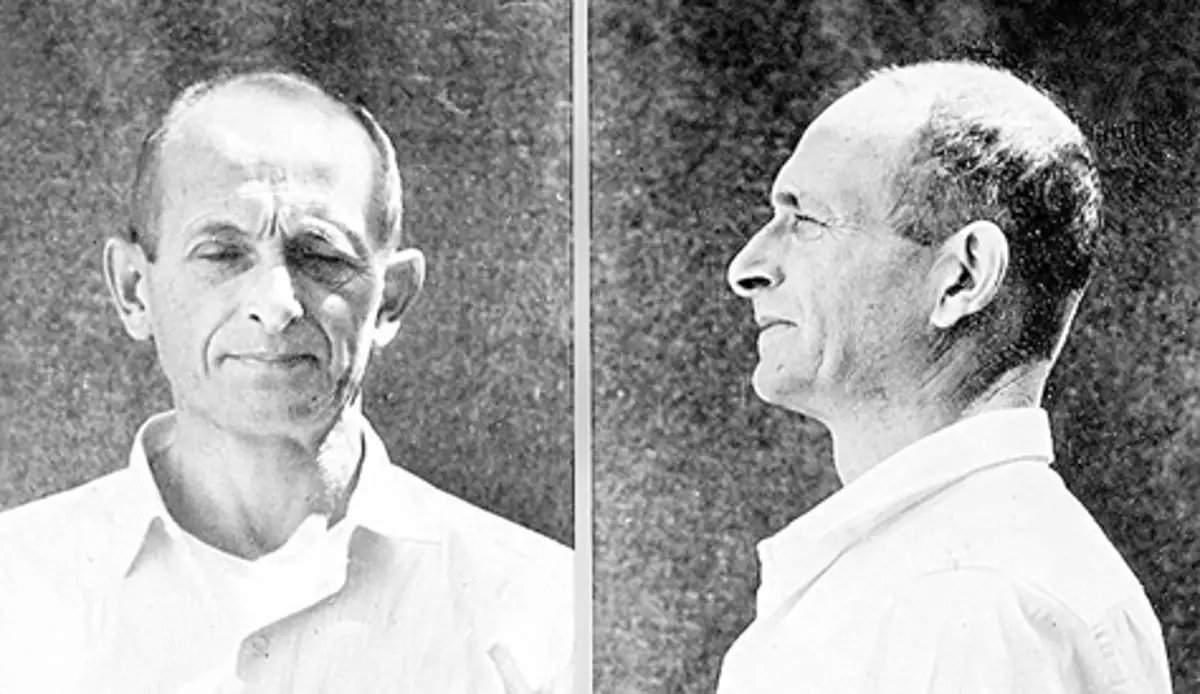
Eichmann headed the Gestapo Department IV B4 for Jewish Affairs, serving as a self-proclaimed 'Jewish specialist'. He was the man responsible for keeping the trains rolling from all over Europe to death camps during the Final Solution. bit.ly/3y4TDAE 

He drew up the idea of deportation of Jews into ghettos, and went about concentrating Jews in isolated areas with murderous efficiency. bit.ly/3y1F68N
Photo: Eichmann and members of the Gestapo, before a raid on the Jewish Community Center, Vienna, 1938.
Photo: Eichmann and members of the Gestapo, before a raid on the Jewish Community Center, Vienna, 1938.
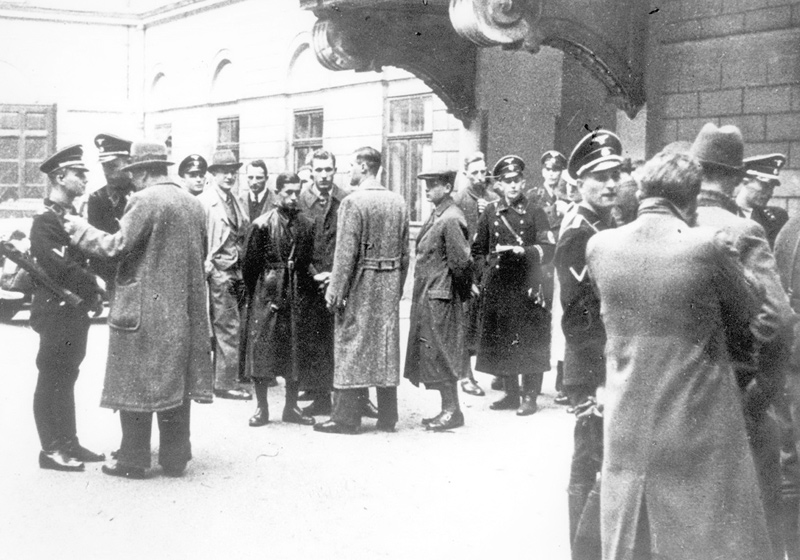
When Eichmann arrived in Argentina in 1950, he lived for almost three years in a quiet town near Buenos Aires called San Fernando, where he worked in a metal factory. bit.ly/3ey3F5D
Photo: Red Cross passport for "Ricardo Klement", used by Eichmann to enter Argentina.
Photo: Red Cross passport for "Ricardo Klement", used by Eichmann to enter Argentina.
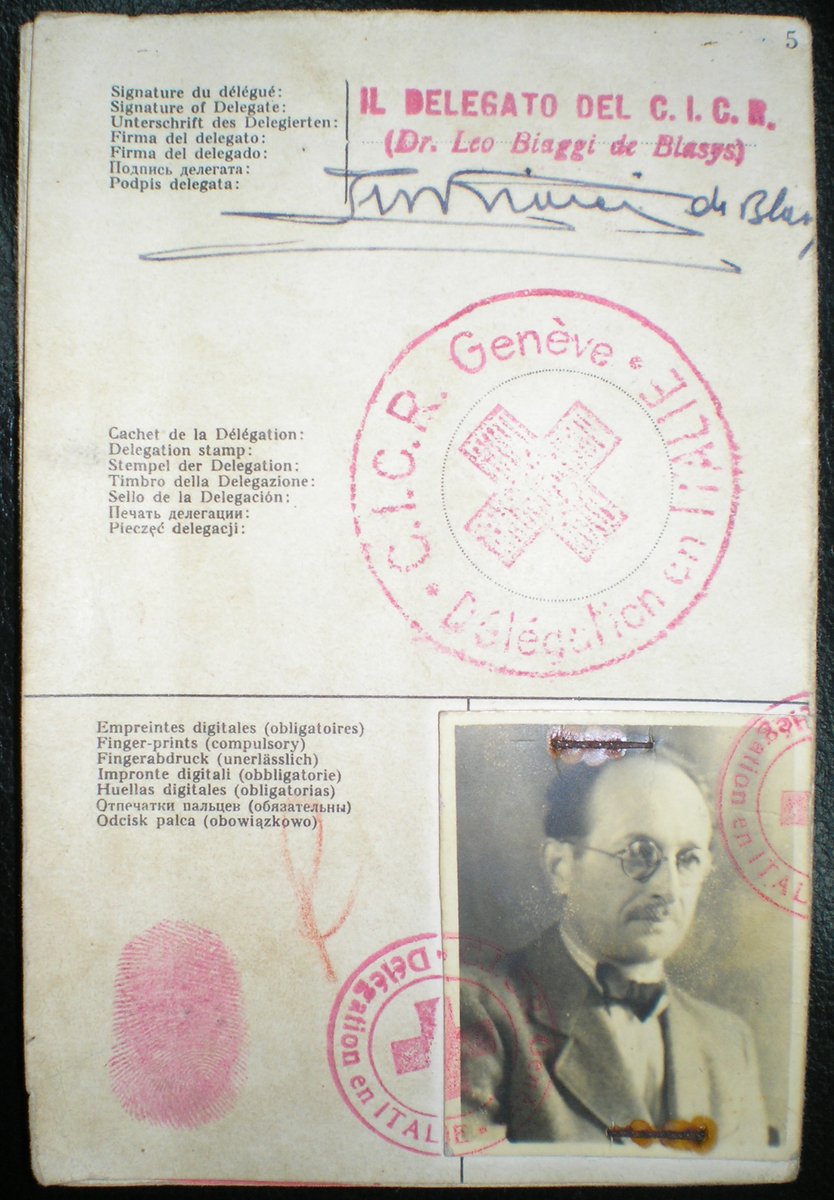
The Mossad agents that captured him arrived in April in Argentina and observed his routine for many days, noting that he arrived home from work by bus at about the same time every evening. They planned to seize him when he was walking from the bus stop to his house. 

Three agents wrestled Eichmann to the ground and, after a struggle, moved him to a car where they hid him on the floor under a blanket. Eichmann was taken to one of several Mossad safe houses that had been set up by the team. 
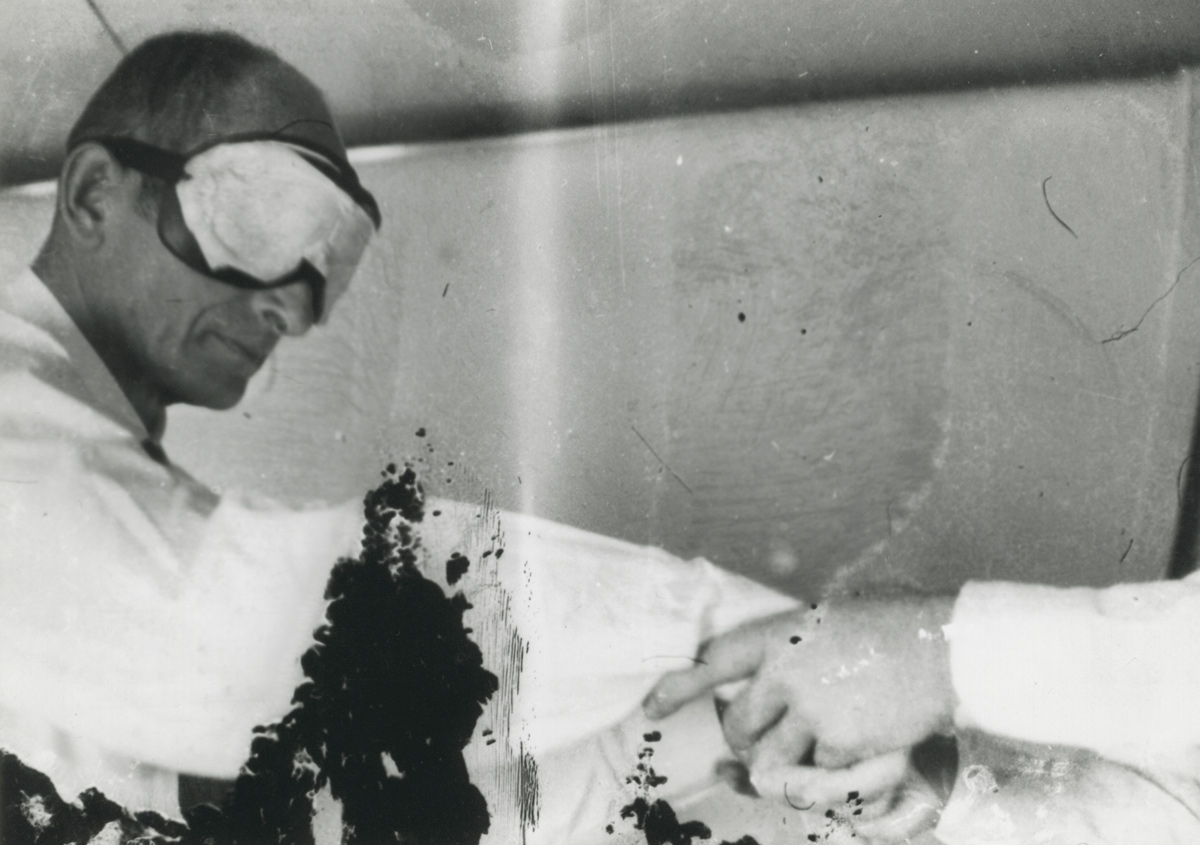
Near midnight on 20 May, Eichmann was sedated by an Israeli doctor on the Mossad team and dressed as a flight attendant. He was smuggled out of Argentina aboard the same El Al Bristol Britannia aircraft that had carried Israel's delegation a few days earlier. 
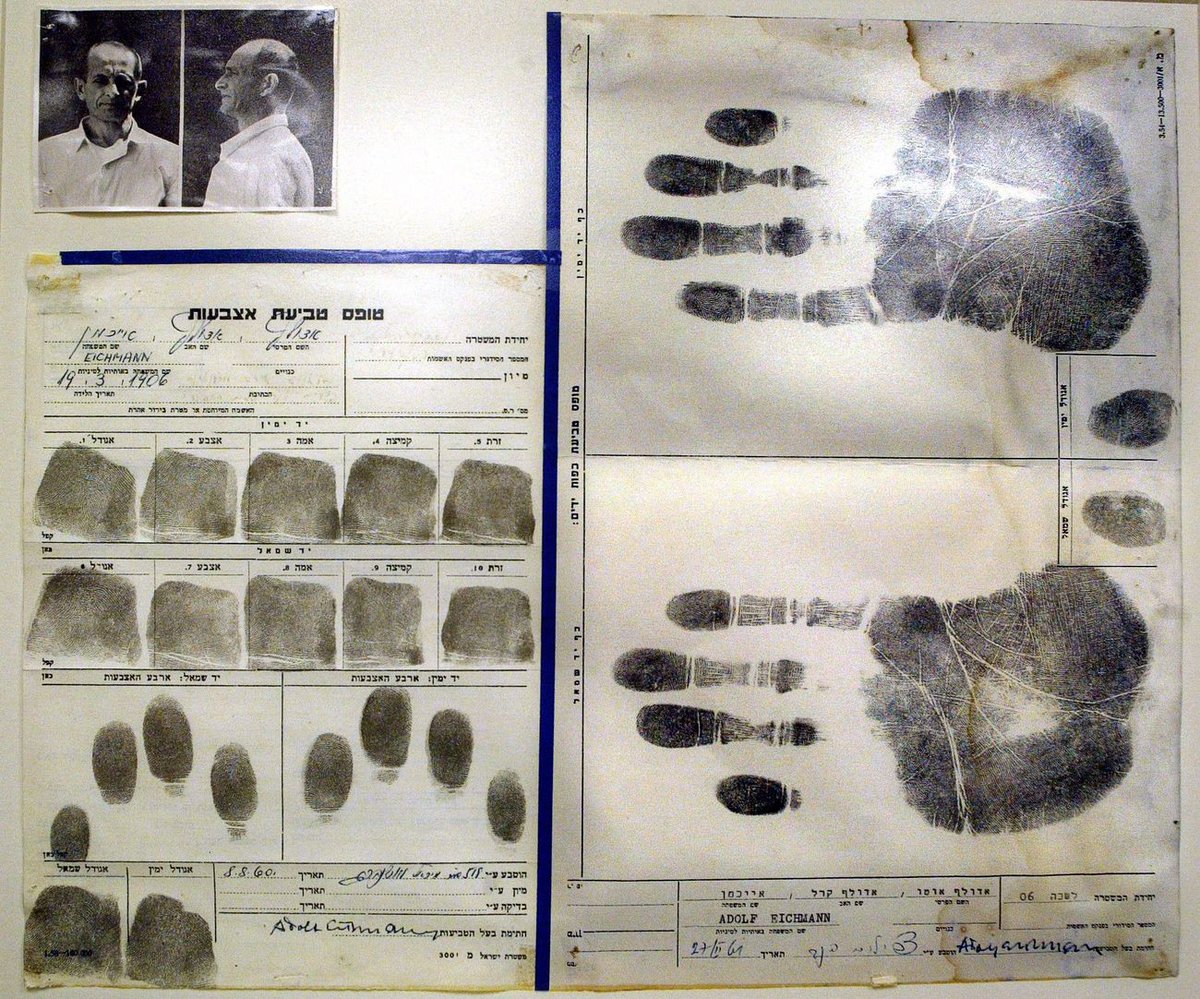
On 15 December 1961, Eichmann was sentenced to death by hanging. bit.ly/3vYZ5U0
"To sum it all up, I must say that I regret nothing."- while awaiting trial in Israel, as quoted in LIFE magazine.
"To sum it all up, I must say that I regret nothing."- while awaiting trial in Israel, as quoted in LIFE magazine.

(Hell is not bad enough for this piece of crap).
• • •
Missing some Tweet in this thread? You can try to
force a refresh















